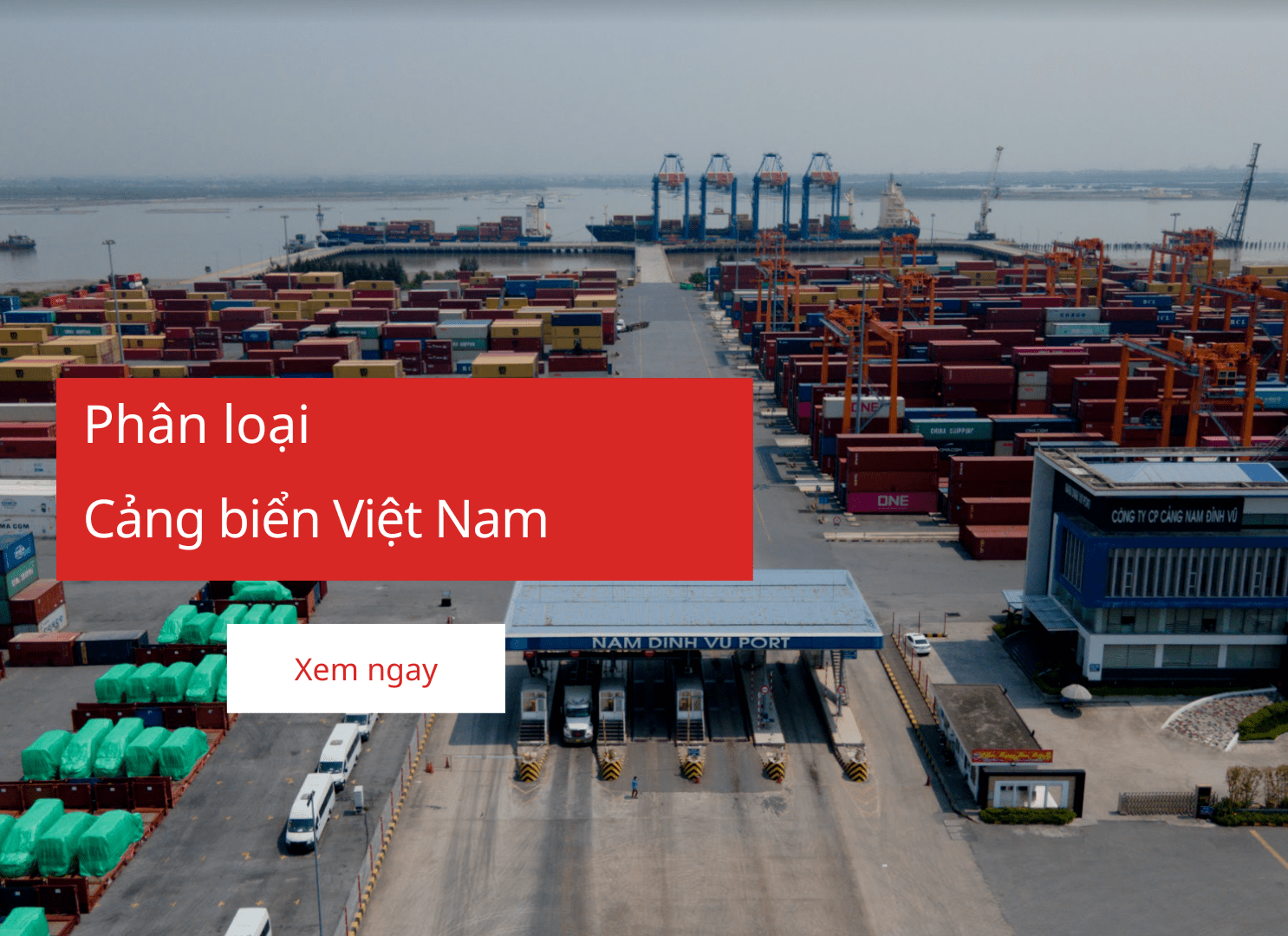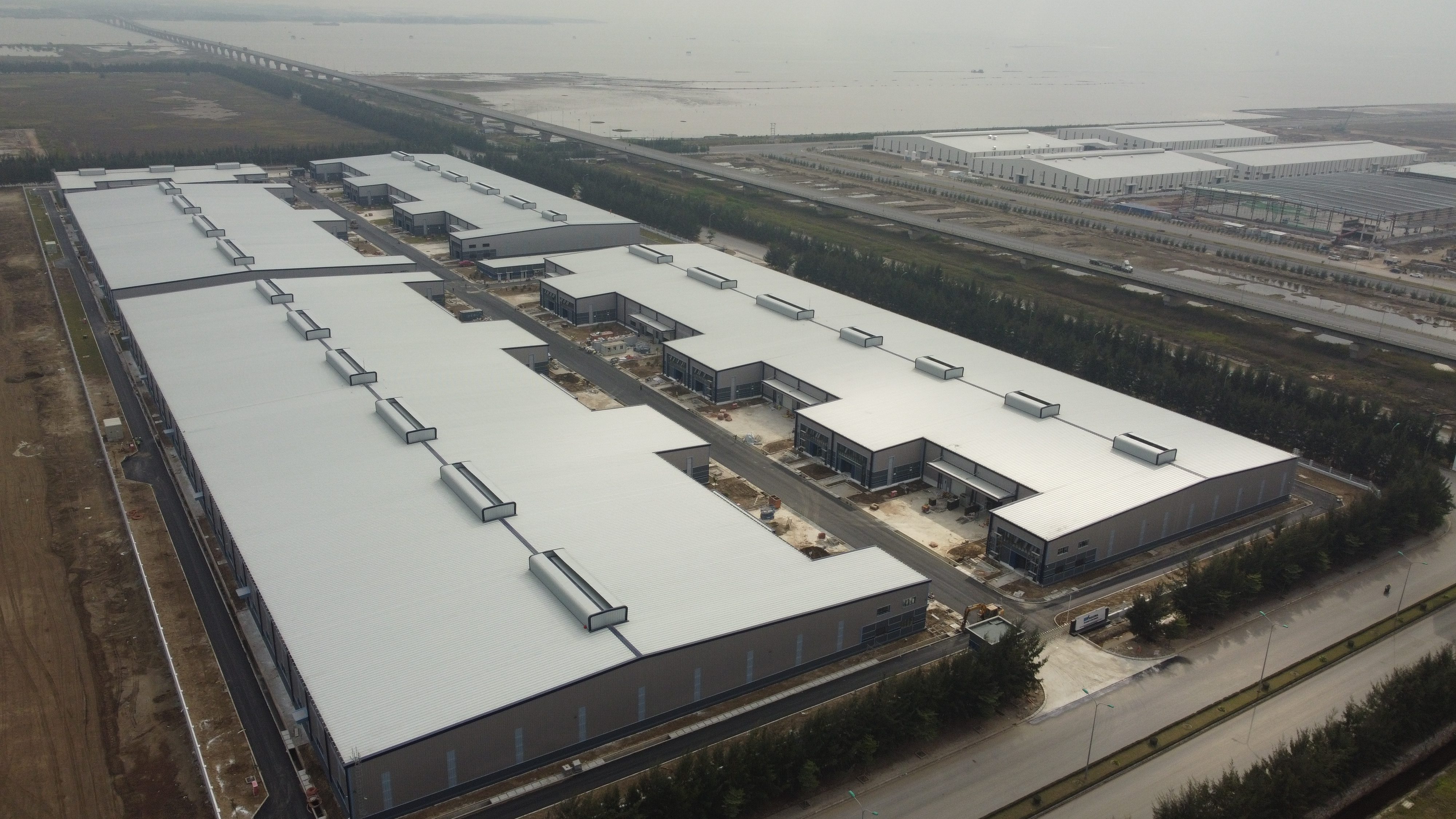Vietnam’s seaports have been contributing an important part to the economy, helping the economy grow strongly and export turnover constantly increasing. Let’s find out the types of seaports with the following article to get an overview of the dynamic developing seaport system in our country.
1. Functions of seaports
According to vietnamplus.vn newspaper, Deputy Prime Minister Le Van Thanh has just signed Decision No. 804/QD-TTg dated July 8, 2022 announcing the list of 34 seaports in Vietnam. Each seaport plays a role in contributing to and promoting the overall economic and social development of the country.
General functions of seaports include:
- Ensuring the safety of ships entering and leaving and operating
- Provide necessary facilities and equipment for ships to anchor, load and unload goods and pick up and drop off passengers.
- Providing services of transportation, loading and unloading, warehousing and storage of goods in the port.
- For ships and other watercraft to shelter, repair, maintain or perform necessary services in case of emergency.
- Providing other services for ships, people and goods.
To learn more about seaports in our country, please refer to the article: List of seaports in Vietnam.
2. Types of seaports in Vietnam
To know clearly how many types of seaports in Vietnam are divided into, it is necessary to determine the criteria for classifying seaports.
4.1 Seaport classification criteria
According to Article 3 of Decree 76/2021/ND-CP, it is clear that the criteria for classifying seaports include criteria on the scope of influence of the seaport and the size of the seaport. Specifically:
- Criteria for the scope of influence of seaports: This criterion will be evaluated on the basis of the master plan on development of the seaport system approved by competent state agencies. Seaports serve the economic and social development of the whole country, inter-regions, regions, localities or businesses.
- Criteria for scale of seaport: Assessed on the basis of cargo throughput and tonnage of ships received at the seaport.
4.2 Types of seaports in Vietnam
According to Article 4 of Decree 76/2021/ND-CP , seaports in our country are classified into 4 groups of seaports. Criteria for division will be based on evaluation according to the scoring method with a scale of 100 points.
- Special seaport: An extremely important seaport, very large scale and serving the socio-economic development of the whole country. There is a total score of 90 points.
- Class I seaport: This is a group of large-scale seaports, tasked with inter-regional socio-economic development. There is a total score of 70 points to 90 points.
- Class II seaports: Group 2 seaports are medium-sized, serving the economic and social development of the region and locality. There is a total score of 50 points to 70 points.
- Class III seaport: A group of small-scale seaports serving business activities of enterprises. Have a total score of less than 50 points.
3. Development orientation of Vietnam’s seaports from 2021 to 2030 with a vision to 2050
According to the electronic newspaper of the Communist Party of Vietnam published on September 24, 2021 with orientation to 2030 and a vision to 2050, our country will develop a synchronous, modern, high-quality seaport system to attract many foreign partners. Promote the circulation of Vietnamese goods to the world market to increase export turnover and elevate Vietnam’s economic position on the world economic map. At the same time, it still performs well its role of developing the marine economy while ensuring national defense, security, maritime safety and environmental protection.

The orientation of our country in the future is to develop a synchronous and modern seaport system with high service quality to attract many foreign partners.
With the advantages of geographical location, long coastline and proper division of seaports according to each function, Vietnam’s seaport system will continue to contribute significantly to boosting the country’s economy. Along with the right orientation, Vietnam’s seaport system will develop breakthroughs and create many imprints in the future.




